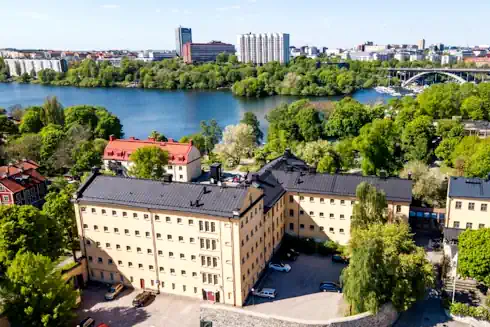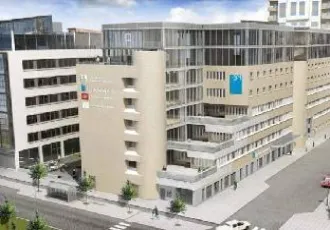Alfred Nobel: The Legacy of a Visionary
Among Stockholm’s many historic voices, few speak as powerfully as Alfred Nobel’s. Renowned globally as the inventor of dynamite and the visionary behind the Nobel Prize, Nobel’s legacy is etched into the city’s identity—from museum exhibits to ceremonial halls.
This article explores his remarkable life, the innovations that shaped the modern world, and the enduring impact of the prizes that continue to honor humanity’s highest achievements.
Alfred Nobel: A life of curiosity and contrasts
Alfred Bernhard Nobel was born on October 21, 1833, in Stockholm, into a family steeped in invention. His father, Immanuel Nobel, was an engineer and innovator who found success in Russia’s military industry—prompting the family to relocate there during Alfred’s youth. Despite periods of financial uncertainty, Nobel received a rich education, becoming fluent in multiple languages and excelling in chemistry and physics.
Driven by an insatiable curiosity, Nobel studied under some of the era’s leading scientists and soon developed a particular fascination with explosives. This passion would lead to his most transformative invention—dynamite—which revolutionized construction and mining while making him one of the world’s wealthiest industrialists.
At the time of his death on December 10, 1896, in San Remo, Italy, Nobel held 355 patents and owned 93 factories across 20 countries. True to his Swedish roots, he is buried in Stockholm’s Norra Begravningsplatsen (Northern Cemetery), leaving behind not only a legacy of scientific innovation but also one of profound humanistic vision through the Nobel Prizes.
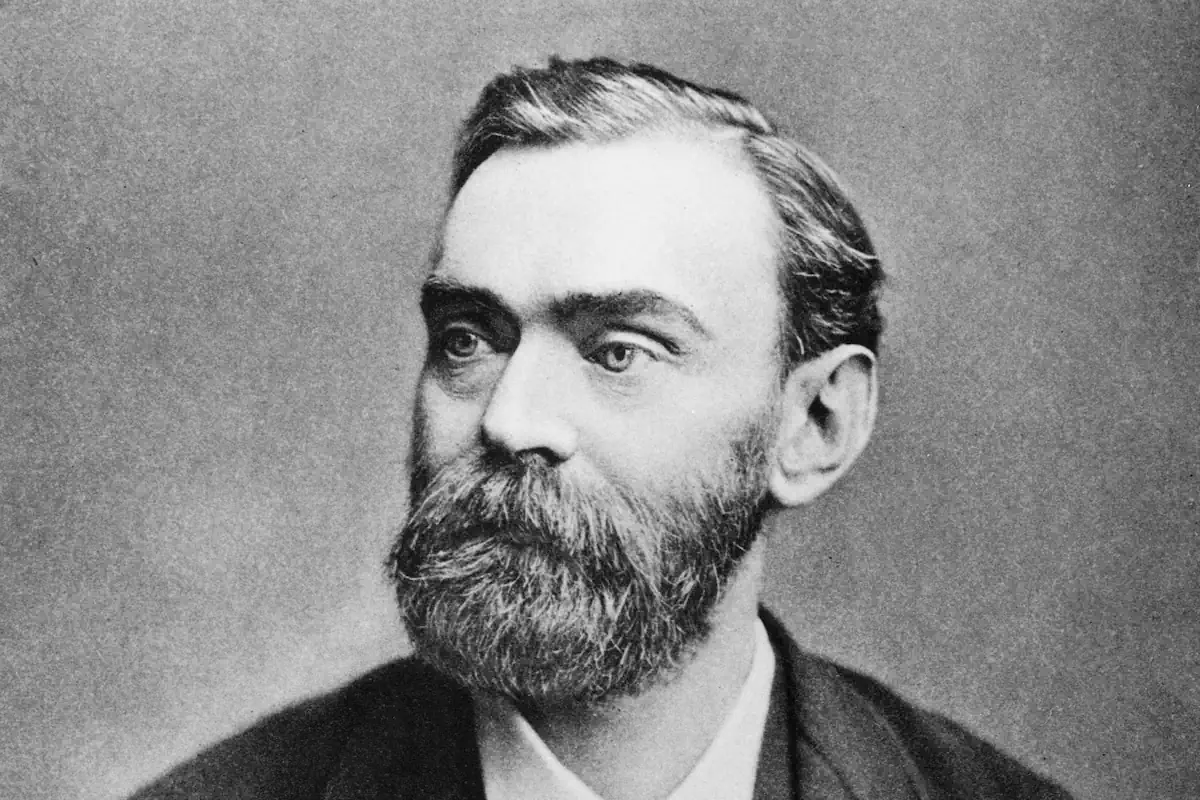
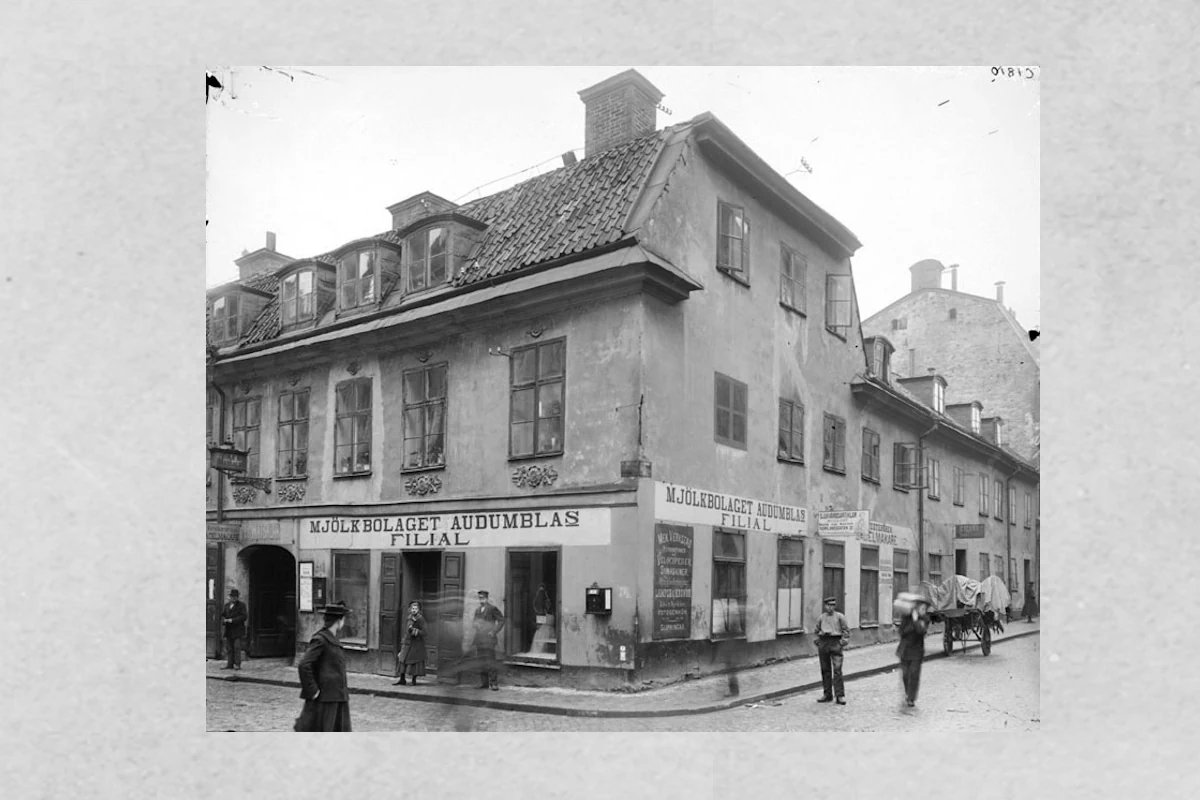
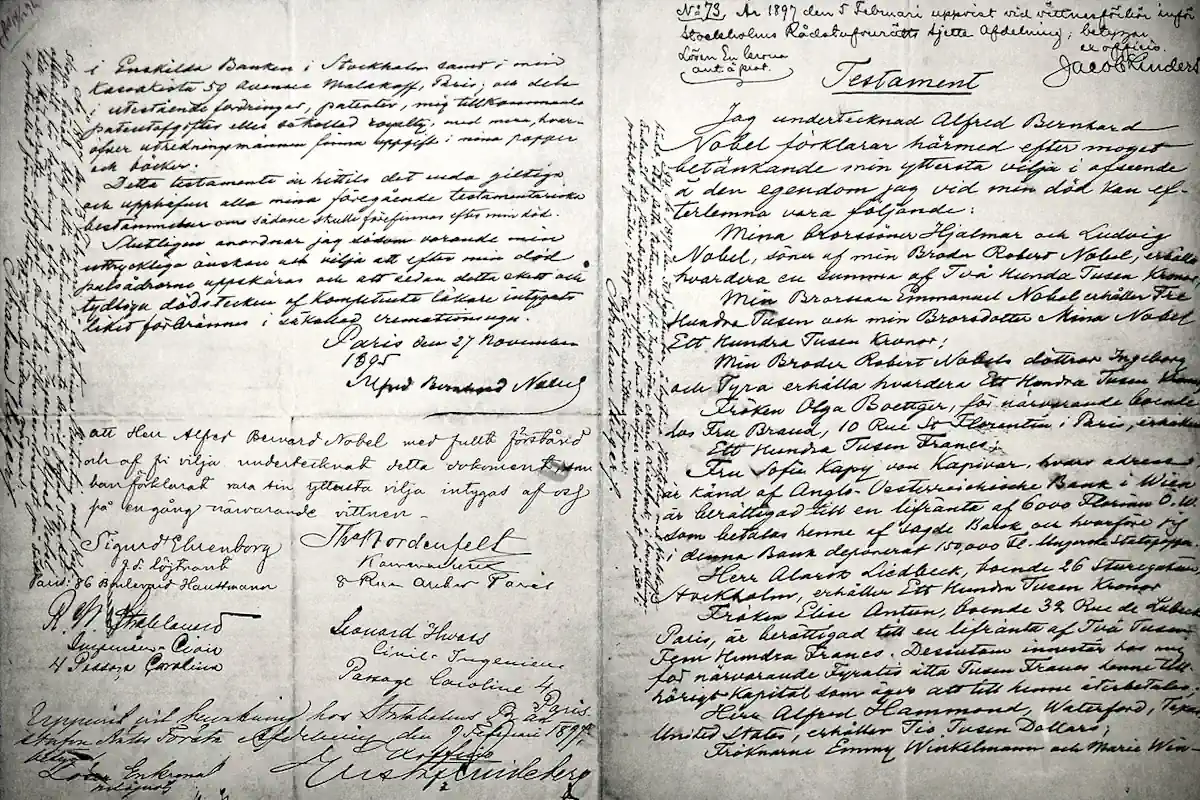
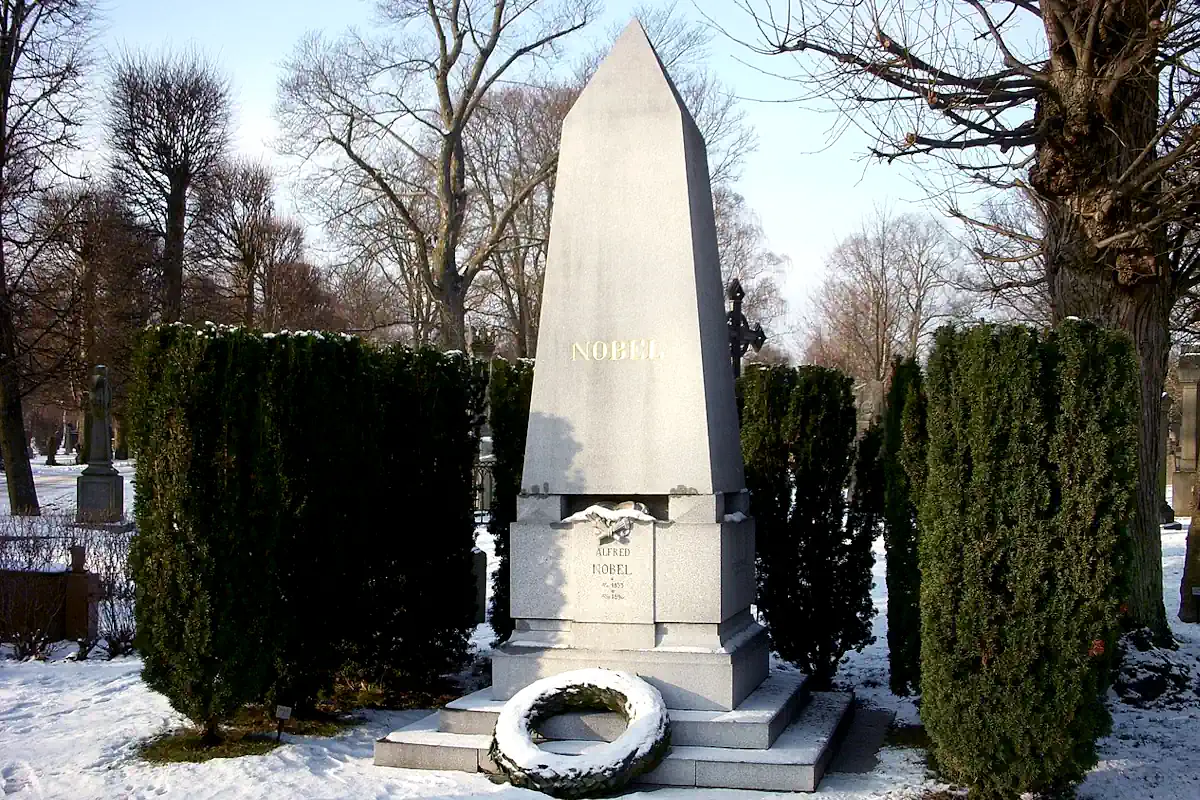
Alfred Nobel’s inventions
Alfred Nobel’s most transformative invention was dynamite—a breakthrough that revolutionized the fields of mining, construction, and engineering. Prior to its debut in 1867, available explosives were dangerously unstable. Nobel’s innovation introduced a safer, more reliable means of harnessing explosive power, opening new frontiers in infrastructure development across the world.
But dynamite was just one part of a vast legacy. Nobel held over 350 patents, spanning fields from armaments to medicine and synthetic materials. Among his lesser-known but equally ingenious inventions was a safety-enhanced gas burner, inspired by a tragic explosion in a Paris theater. By preheating combustion air, Nobel’s design significantly reduced the risk of accidents—a testament to his lifelong focus on combining innovation with responsibility.
These innovations transformed industries—and built the fortune that would fund one of history’s most influential prizes. His enduring impact on science was further immortalized in the 1950s when element 102, a synthetic actinide, was named Nobelium in his honor—a fitting tribute to a man whose name remains synonymous with progress.
His vision lives on each year in Stockholm, where laureates gather not in explosions, but in celebration of peace, progress, and profound human achievement.
The Nobel Prize: A legacy of excellence
Alfred Nobel’s legacy finds its most powerful expression in the Nobel Prizes, established through his final will in 1895. Devoting the bulk of his fortune to this visionary cause, Nobel created a lasting tribute to human achievement in physics, chemistry, medicine, literature, and peace. The first awards were presented in 1901, marking the beginning of a tradition that would grow into one of the world’s most prestigious honors.
Each December, Stockholm takes the global stage as laureates are celebrated in elegant ceremonies at the Concert Hall, followed by the illustrious Nobel Banquet at City Hall. The Peace Prize, in keeping with Nobel’s wishes, is awarded separately in Oslo. For those seeking a deeper connection, the Nobel Prize Museum in Gamla Stan offers a rich journey into Nobel’s life, his inventions, and the profound impact of the prizes that bear his name.
Tracing the legacy of Alfred Nobel
Stockholm invites visitors to walk in the footsteps of Alfred Nobel, with landmarks that bring his legacy vividly to life. At the Nobel Prize Museum in Gamla Stan, stories of groundbreaking discoveries and peace efforts unfold through dynamic exhibits and personal artifacts. Each December, the city takes center stage as the Nobel Prize ceremonies unfold in the elegant Stockholm Concert Hall, culminating in the world-famous banquet at City Hall—a tradition as inspiring as the laureates it honors.
Vinterviken, nestled along Stockholm’s southern waterfront, holds a powerful link to Alfred Nobel’s legacy. In the 1860s, it became the site of one of his earliest explosives factories—a secluded location where he refined the production of dynamite and laid the foundation for his future empire. The remnants of this industrial past still stand, now repurposed into cafés, galleries, and event spaces that blend history with creativity. Surrounded by cliffs, gardens, and walking trails, Vinterviken is more than a historical site—it’s a living tribute to the innovative spirit that helped shape Nobel’s remarkable life.
Conclusion
Stockholm doesn’t just remember Alfred Nobel—it lives his legacy. From the cobbled streets of Gamla Stan to the Nobel Banquet’s golden halls, the city offers a powerful glimpse into how one man’s vision continues to shape the world


 Alfred Nobel
Alfred Nobel Alfred Nobel
Alfred Nobel